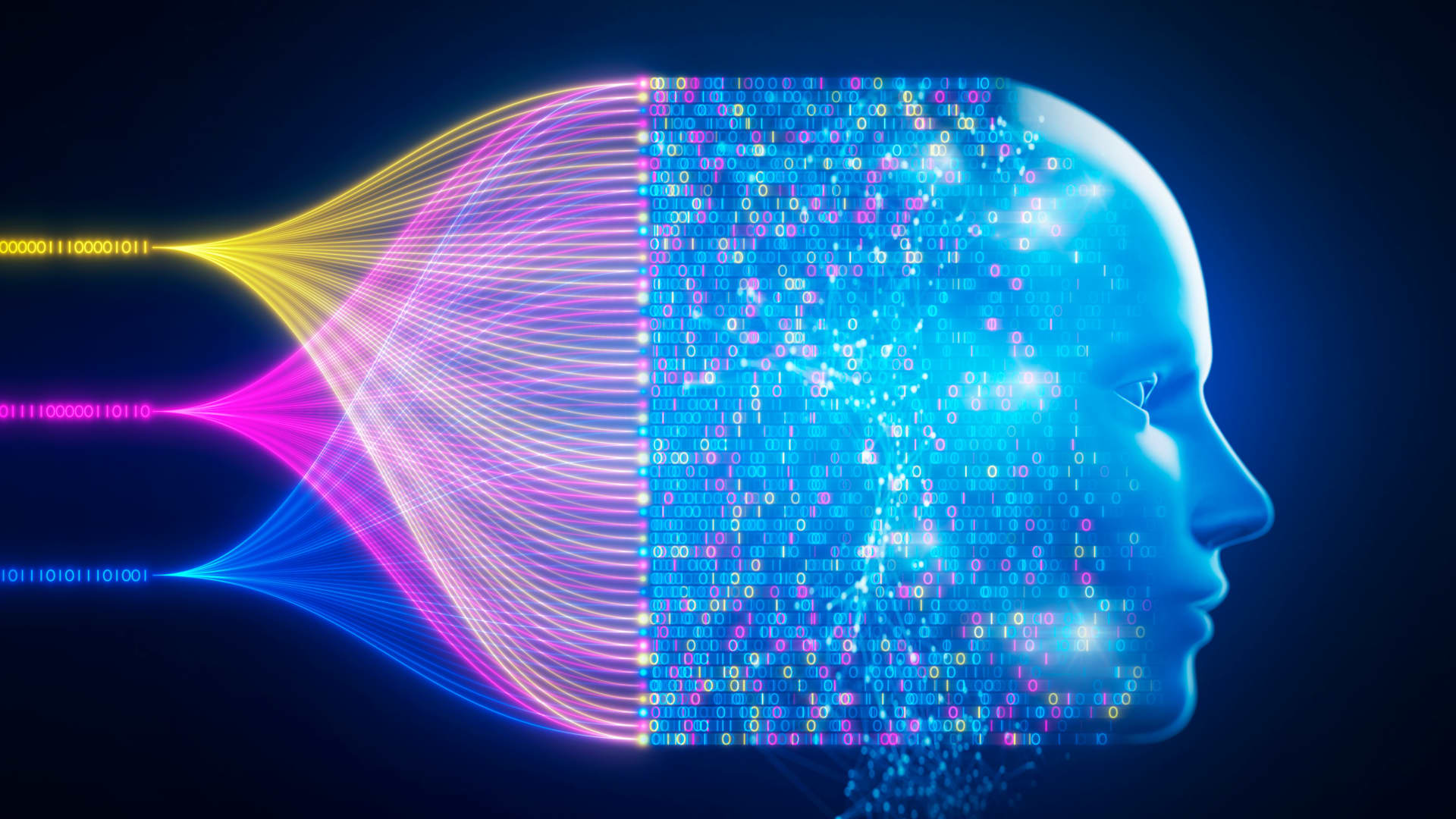AI Undresser: The Tech, The Ethics, And The Future Revealed
What if a single click could digitally strip away clothing from any image? This isn't a futuristic fantasy; it's the unsettling reality of free AI undresser technology, a development that demands immediate and serious ethical consideration.
The relentless march of technology in our digital era brings unprecedented convenience and innovation, but it also unleashes challenges previously confined to the realm of science fiction. A prime example of this double-edged sword is the emergence of free AI undresser tools. These applications, capable of digitally removing clothing from images, have ignited fervent debates among tech enthusiasts, privacy advocates, and lawmakers alike. The core of the contention lies not just in the technology's capability, but in the moral, legal, and social ramifications that ripple outward from its existence.
This article delves into the multifaceted world of free AI undressers, meticulously examining both their potential benefits and inherent risks. It aims to provide a comprehensive understanding of why this technology has become such a focal point, its possible impact on society, and the measures being considered to address the growing concerns.
- Watch Filmyzilla Online Your Ultimate Guide To Streaming Movies
- Filmyzilla Dc Your Ultimate Destination For Movie Downloads
| Technology Information | |
|---|---|
| Name | Free AI Undresser Technology |
| Type | Software/Application |
| Function | Digitally removes clothing from images using artificial intelligence. |
| AI Algorithm Used | Deep Learning Algorithms, Neural Networks, Generative Adversarial Networks (GANs) |
| Potential Uses | Enhancing movie special effects, medical imaging, education |
| Misuse Risks | Non-consensual image manipulation, privacy violation, harassment |
| Legal Status | Varies by jurisdiction; often faces challenges under obscenity and data protection laws |
| References | |
| Electronic Frontier Foundation (EFF) |
At its heart, a free AI undresser is a software or application driven by artificial intelligence that can digitally strip clothing from images. These tools leverage deep learning algorithms, trained on vast datasets, to analyze human anatomy and reconstruct images as if the clothing were never there. While proponents argue that these tools have legitimate uses, such as enhancing special effects in movies or aiding medical research, critics see them as dangerous instruments ripe for privacy violation and the undermining of consent.
The functionality of these tools can be broken down into a few key steps. First, they employ neural networks to identify patterns in clothing textures, discerning fabric from skin. Second, based on existing data, they predict skin tone and body structure, filling in the gaps where clothing once existed. Finally, they generate realistic outputs by blending these predicted features with the original image, creating a seamless, albeit digitally altered, representation.
The genesis of free AI undressers lies in the significant advancements in computer vision and generative adversarial networks (GANs). Initially, researchers developed these technologies for more benign purposes, such as enhancing image quality or creating virtual try-on experiences for online shoppers. However, as is often the case with innovation, the potential applications expanded far beyond the original intentions, leading to the development of tools capable of more controversial manipulations.
- Filmyzilla Tumbbad Hindi Download Mp4moviez 1080p Your Ultimate Guide
- Unveiling The World Of Filmyzilla Kgf 2 Your Ultimate Guide
The reason free AI undressers have become such a hot topic is their inherently controversial nature. On one side, proponents champion these tools as pushing the boundaries of AI capabilities, opening up new avenues for creative industries and technological innovation. They envision applications in fields like medical imaging and education, where digitally removing obstructions or creating anatomical models could be invaluable. On the other side, critics vehemently highlight the significant risks associated with misuse, particularly in the context of non-consensual image manipulation. The ability to digitally undress someone without their knowledge or consent raises profound ethical and legal questions about privacy, consent, and the potential for harm.
Despite the swirling controversy, there are indeed scenarios where free AI undressers could serve practical and beneficial purposes. In the realm of medical imaging, for example, these tools could potentially enhance diagnostic accuracy by digitally removing obstructions in X-rays or MRIs, allowing doctors to more clearly visualize internal structures. In the entertainment industry, they could be used to create incredibly realistic CGI for films and video games, pushing the boundaries of visual effects. Furthermore, in education, these tools could be employed to teach anatomy using digitally generated models, providing students with a more detailed and interactive learning experience.
However, the potential for misuse casts a long shadow over any legitimate applications. While the technology itself is not inherently malicious, its misuse poses significant threats to individuals and society as a whole. The non-consensual sharing of altered images can lead to harassment, exploitation, and profound emotional distress for victims. The consequences can be devastating, including damage to personal relationships, irreparable harm to reputations, and severe impacts on mental health.
Privacy advocates are particularly concerned that free AI undressers undermine an individual's fundamental right to control their own likeness. The ability to manipulate images without consent raises serious questions about autonomy and the potential for abuse. As a result, many countries are now revisiting their data protection laws to address these emerging challenges. The European Union's General Data Protection Regulation (GDPR), for example, emphasizes the critical importance of obtaining explicit consent before processing sensitive information, a principle that is directly challenged by the existence of these AI undressing tools.
Society's reaction to free AI undressers reflects a broader unease about the rapid pace of technological progress. While some embrace innovation and see the potential for positive change, others fear losing control over personal data and the erosion of privacy. This inherent tension highlights the pressing need for balanced regulation that protects individuals' rights while still allowing technology to develop and thrive responsibly. Finding this equilibrium is crucial to ensuring that innovation serves humanity rather than the other way around.
The media plays a pivotal role in shaping public perception of free AI undressers. Sensational headlines often amplify fears about misuse and the potential for harm, focusing on the most alarming aspects of the technology. However, responsible journalism also takes on the task of shedding light on constructive applications and ongoing efforts to mitigate the risks. A balanced approach is essential to fostering an informed public discourse and guiding the development of effective policies.
The creators of free AI undressers span a wide spectrum, from independent developers working on personal projects to large tech companies exploring new applications of artificial intelligence. Some develop these tools for educational purposes, seeing the potential to create innovative learning resources. Others aim to monetize their creations, seeking to capitalize on the demand for image manipulation tools. Regardless of their motivations, all developers bear a significant responsibility for ensuring that their products do not cause harm and that safeguards are in place to prevent misuse.
Developers creating free AI undressers must adhere to strict ethical guidelines. This includes implementing robust safeguards against misuse, such as watermarking altered images or requiring user authentication. It also involves providing transparent documentation about the technology's capabilities and limitations, ensuring that users are fully aware of its potential impact. Furthermore, developers have a responsibility to collaborate with stakeholders, including policymakers, privacy advocates, and other tech companies, to establish industry standards and best practices. Leading companies like NVIDIA and Google have already taken steps to restrict access to potentially harmful technologies and to promote responsible AI development.
The legality of free AI undressers is a complex issue that varies significantly depending on the specific jurisdiction. In some regions, creating or distributing such tools may violate obscenity laws, which prohibit the creation and dissemination of sexually explicit material. Additionally, data protection regulations may come into play, particularly if the tools are used to process personal data without consent. However, enforcing these laws remains a significant challenge, due to the decentralized nature of the internet and the rapid pace of technological change. As a result, lawmakers are struggling to keep pace with the evolving landscape.
Lawmakers around the world are actively working to update legislation to address the unique challenges posed by free AI undressers. Proposed measures include stricter penalties for unauthorized image manipulation, recognizing the harm that can be caused by non-consensual alteration and dissemination of images. Increased funding for cybersecurity initiatives is also being considered, to help combat the spread of manipulated images and protect individuals from online harassment. Furthermore, enhanced cooperation between governments and tech companies is seen as essential, to develop effective strategies for regulating these technologies and preventing their misuse.
For individuals and organizations seeking similar functionalities without the ethical concerns, several viable alternatives exist. Virtual try-on apps, for example, allow users to preview clothing on themselves or models without compromising privacy, providing a safe and ethical way to explore fashion options. Augmented reality tools also offer immersive experiences while maintaining user consent and control, allowing for creative expression without violating privacy boundaries.
Choosing ethical alternatives is not just a matter of personal responsibility; it's a way to promote a more responsible and sustainable technological ecosystem. Ethical alternatives prioritize user safety and respect individual boundaries, fostering a culture of consent and privacy. By supporting responsible innovation, we can harness the power of AI without sacrificing our values. As consumers, we have the power to influence market trends by choosing products and services that align with our principles, sending a clear message that ethical considerations are paramount.
- Filmyzilla Com 2018 The Ultimate Guide To Understanding This Popular Movie Platform
- Filmyzilla Com South Movie In Hindi Your Ultimate Guide To Downloading And Streaming

Wall Street may be overlooking this key AI investing area

hoopsAI Best Free AI Websites

1073065941695734246112gettyimages1458045238aifacesidespeaking.jpeg